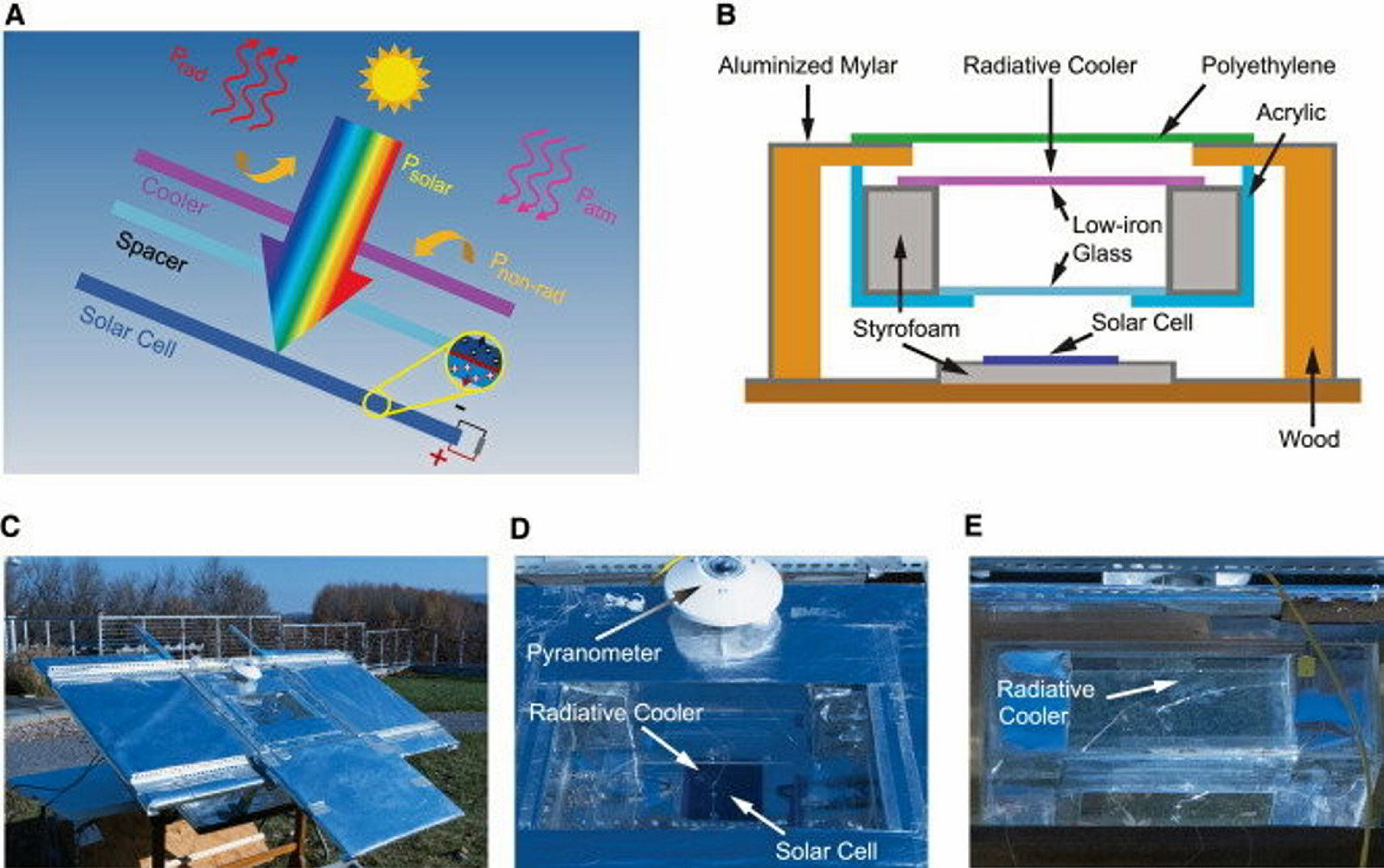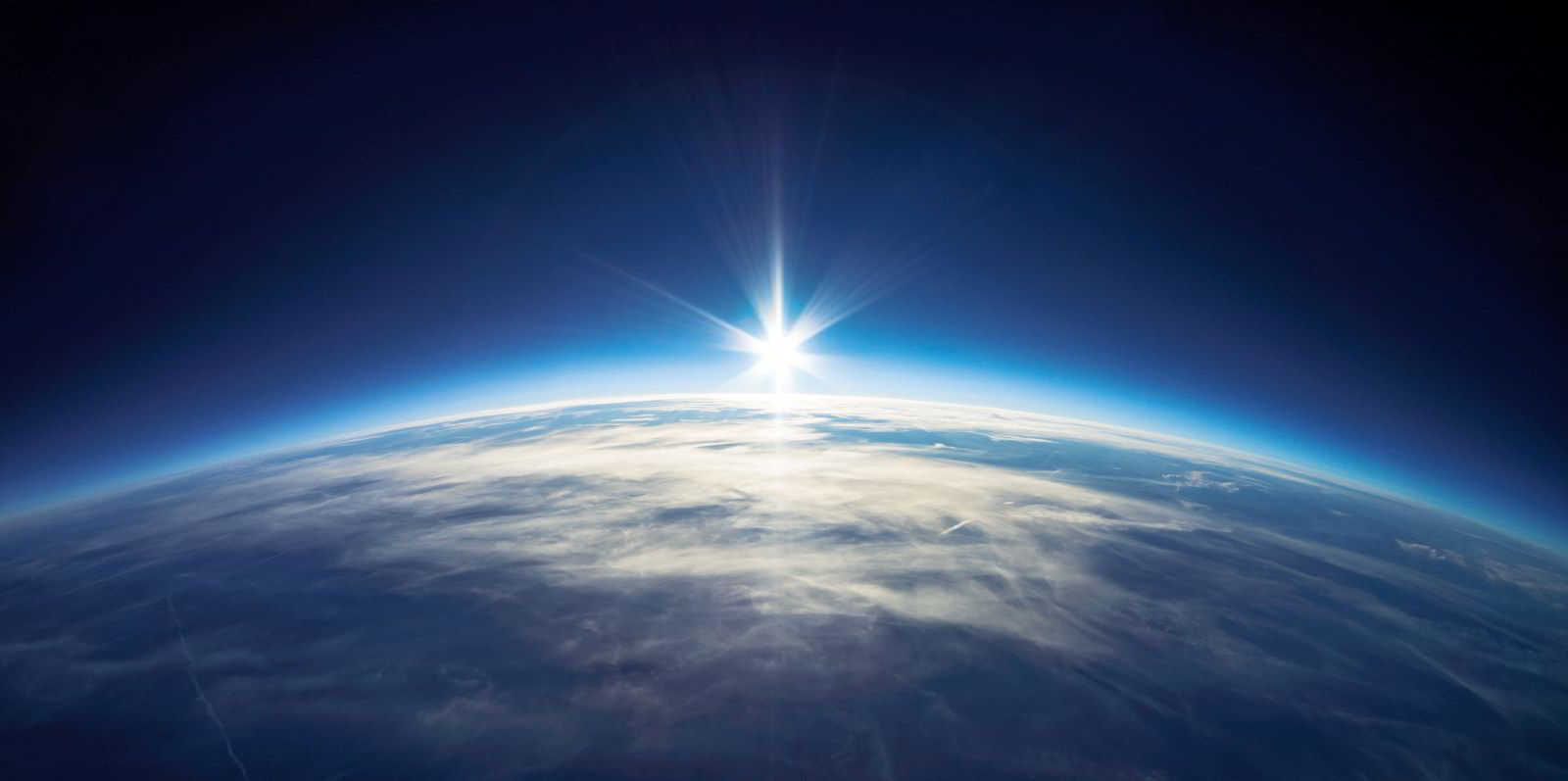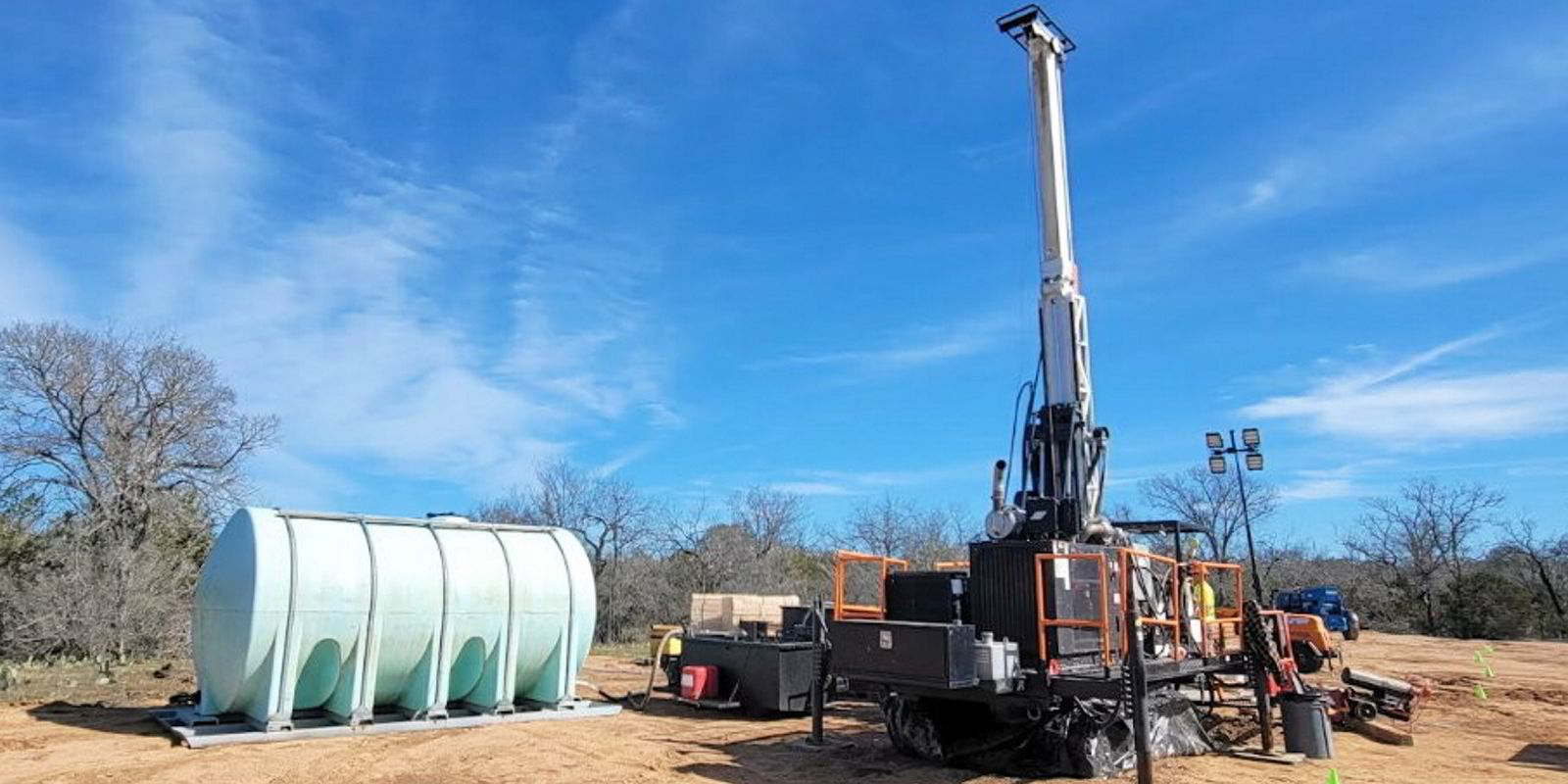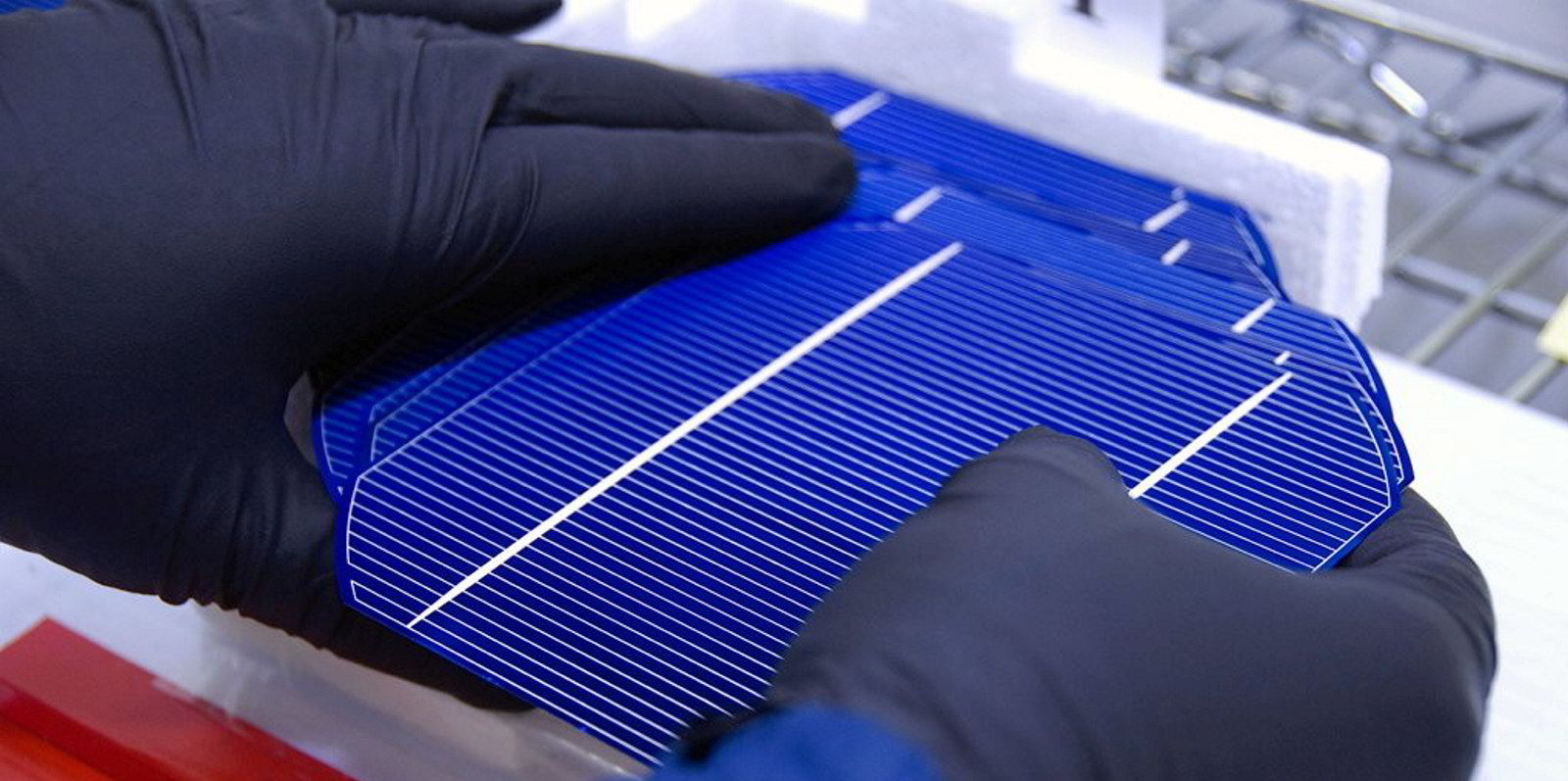Scientists have claimed a breakthrough in simultaneously harvesting energy from the “cold universe” and the sun to create a dual system that smashes current power generation records for solar modules.
The “dual-harvesting system” surpasses the electricity savings of a single-use solar cell by 30%, according to the team at Pennsylvania State University in the US that is behind the research.
Their system harvests photovoltaic power from the sun and also captures cooling thermal power that can lower the temperature of air or liquid. A fan or pump can then drive this air or liquid to help cool a building, refrigerator or other object, saving electricity that would otherwise have to be used.
The thermal power is generated through radiative cooling. This is a process by which all objects on Earth radiate thermal energy as infrared light directly into outer space – otherwise known as the “cold universe” – without warming the surrounding air.
You can see this energy being emitted by pointing a thermal camera at a human, who will glow orange or red due to their higher temperature. As people and objects omit this radiation, they in turn cool down.
“Radiative cooling has attracted great interest as it exploits the cold universe as a new renewable resource,” say the researchers in a paper published this month.
Linxiao Zhu, an assistant professor of mechanical engineering at Penn State who led the research, has along with many other scientists been working on how best to utilise this process to generate clean power.
Zhu previously helped create an ultrathin material that acts as a “radiative cooler” and can lower the temperature in buildings.
The radiative cooler is designed to absorb minimal sunlight to avoid it heating up. Radiative cooling meanwhile naturally causes its temperature to drop below ambient conditions and in turn cool its surroundings, like a radiator working in reverse.
“At night and during the day, the radiative cooler works as a 24/7 natural air conditioner,” said Pramit Ghosh, a doctoral student in mechanical engineering at Penn State. “Even on a hot day, the radiative cooler is cold to the touch.”

Existing approaches for harnessing energy from radiative cooling in the daytime had until now required “reflecting almost all of the sunlight,” which the Penn State team said rendered it “incompatible with solar energy harvesting.”
Now, the team claims to have “for the first time” built a system that can combine radiative cooling with solar panels to generate two types of energy simultaneously – “an untapped opportunity for harvesting renewable energy at a level that is not possible by using either resource alone.”
To do this, they used a type of highly transparent glass that only absorbs 0.9% of sunlight as a radiative cooler. This is placed over a photovoltaic cell designed to catch the solar power that goes through it.
Tests showed that the radiative cooler dropped 5.1°C below the ambient air temperature, while solar power was simultaneously captured by the solar module underneath.
“Based on these experimental results, using the two harvesters together has the potential to significantly outperform a bare solar cell, which is a key renewable energy technology,” said Zhu.
The other benefit is the unit’s size, say the researchers. “Since the two harvesters are stacked, they take up minimal space on a rooftop or on the ground.”
“At the same time and in the same place,” Ghosh said they can “exploit these renewable resources together, 24 hours a day.”




